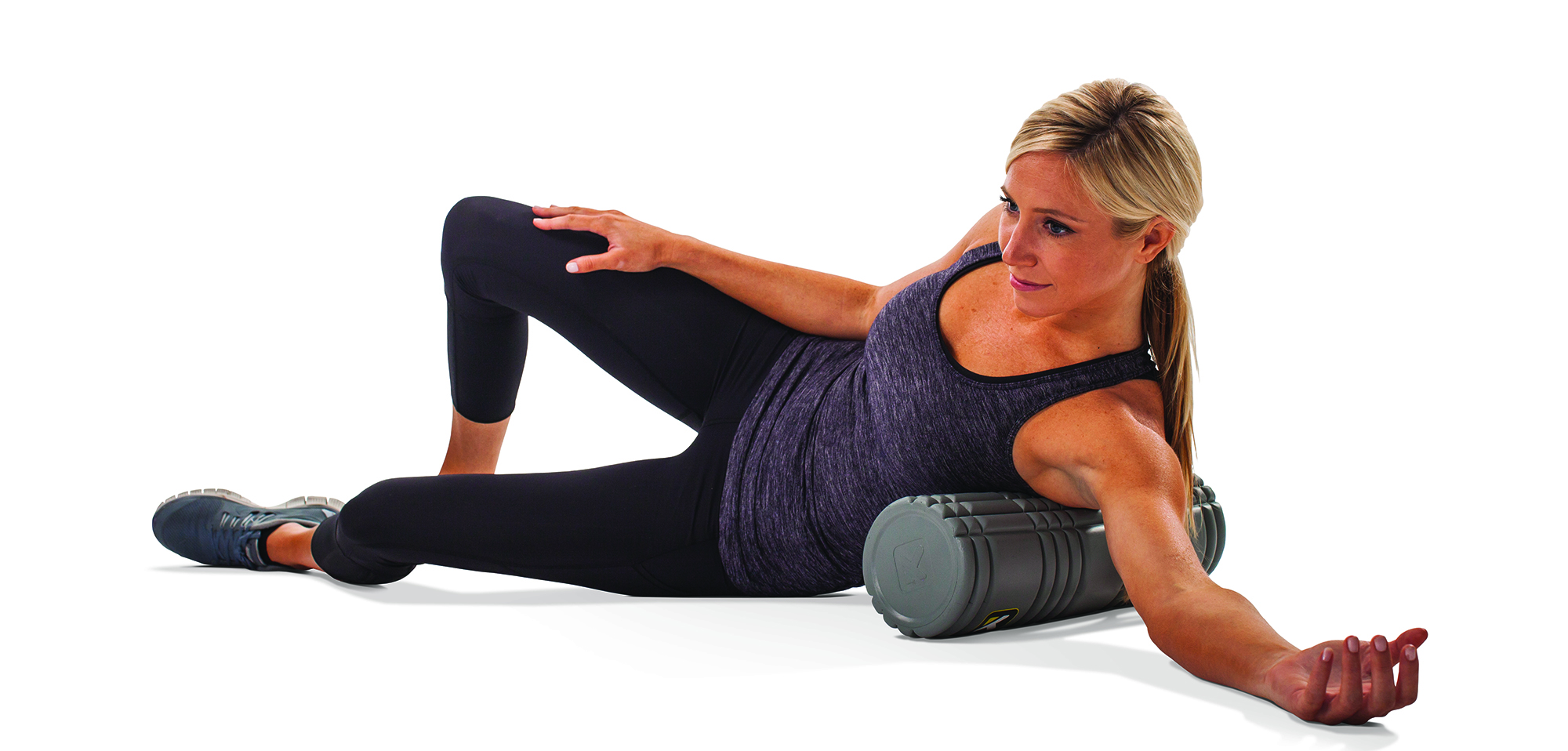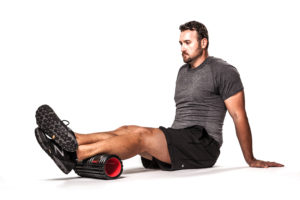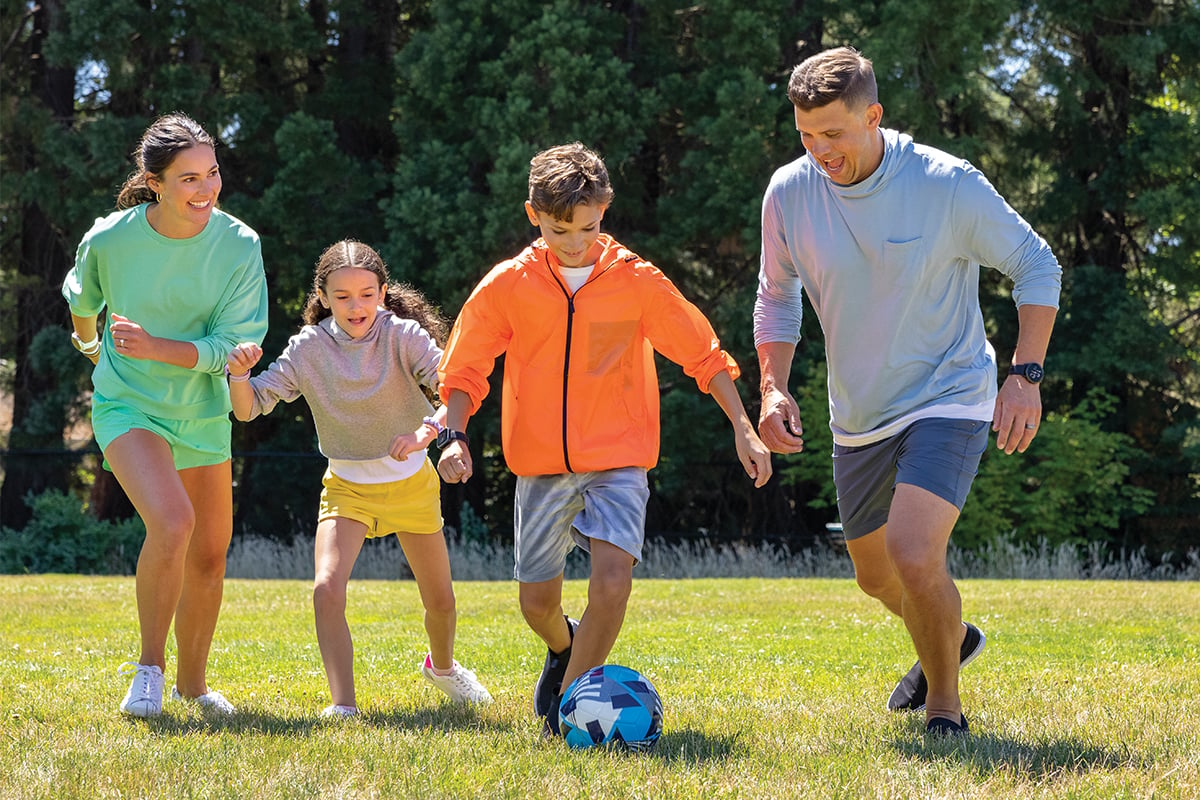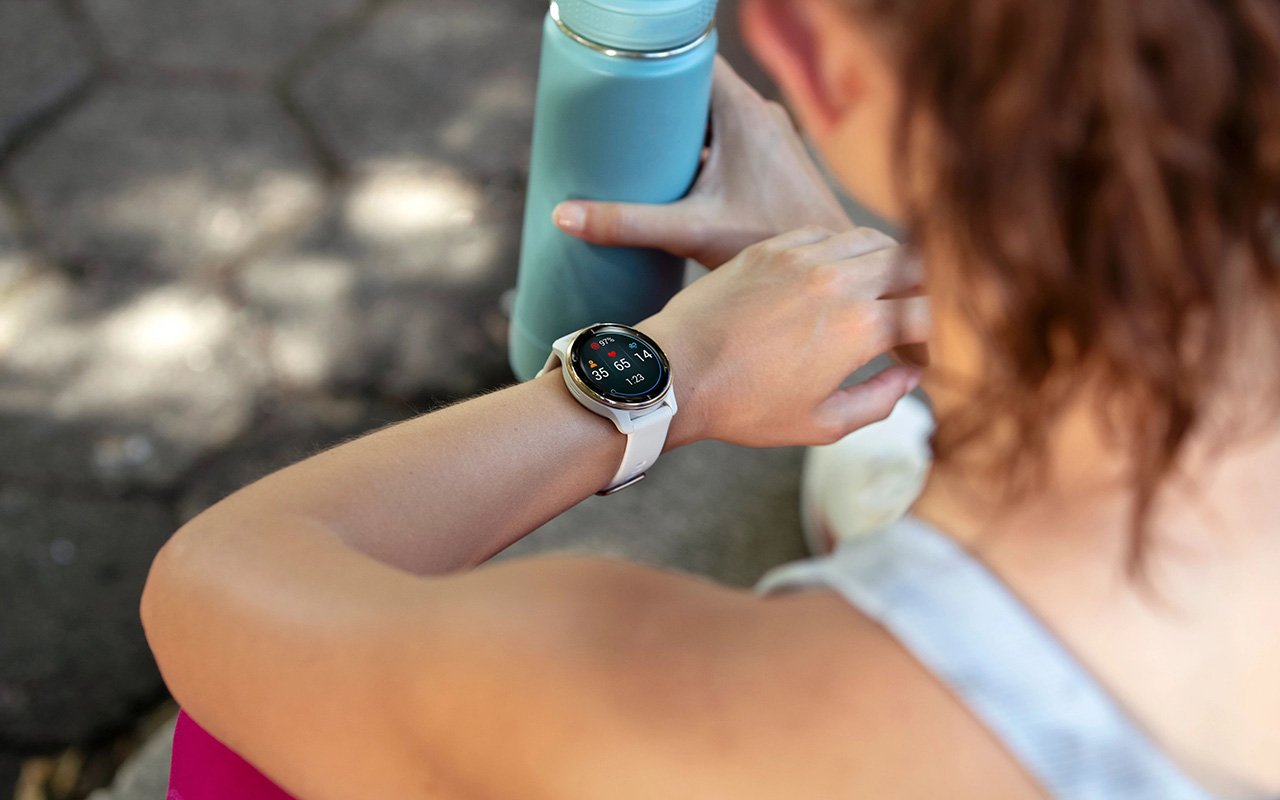
National Foam Rolling Day
To help bring awareness to the benefits of foam rolling, TriggerPoint declared May 11th National Foam Rolling Day. Learn why foam rolling is important and how to make the most of it. Please enjoy this guest blog by TriggerPoint author Kyle Stull.
Foam rolling is a technique used to address muscle and connective tissue. It is common to foam roll when feeling sore, but can also be used as part of a warm-up to prevent injuries. Foam rolling helps to increase circulation, mobilize areas of the muscle that become strained and thickened (preventing ideal movement) and can even influence the nervous system by having a calming effect. There are three keys to keep in mind in order to maximize the effectiveness of foam rolling:
a) What type of roller are you using?
There are many rollers with different designs and densities. A pattern on a roller, such as raised ridges, helps to increase blood flow and stimulate the tissue better than a flat foam roller. This is likely due to the difference in pressure as someone is rolling across the surfaces. While a pattern is great, having spikes or ridges that are too large seems reduce the value. If a ridge or “spike” is too large then much of the surrounding tissue gets passed by. This may dig deep and feel great but many tender spots are missed.
Next, consider density. The harder something is, the deeper it will go and the more layers of tissue will be addressed. If a roller is on the softer side, it is more superficial, only affecting the muscles and tissue closer to the skin. Someone’s experience with rolling should guide what type of roller they use. If you have never rolled it’s suggested that you start easy and plan on working up. Just like you shouldn’t begin an exercise program at maximum intensity, foam rolling should also be eased into. This gives the body an opportunity to adapt and relax into the foam roller, which maximizes the benefits. Foam rolling will cause some discomfort, but it should not be painful, especially in the beginning. Make a plan to slowly progress your foam rolling every 3-4 weeks.

b) What muscles are you rolling?
Most areas of the body are safe to roll. The exceptions would be the obvious—don’t roll your esophagus, don’t vigorously jam something into your abdomen, be careful on some sensitive areas on the inside of your thigh and anytime around the neck. But, to get the most out of rolling, the area to be rolled should be based on movement and not necessarily how things feel. For example, four out five adults will have low back pain at some point, but it is not usually the low back’s fault. One common finding is that people with low back pain have tight ankles and tight hips. This may lead to low back pain because if the ankle and hip can’t move correctly then another area of the body has to take up the slack. Often it’s the low back. To help decide which area to roll we suggest performing a movement assessment or screen. Common areas that are beneficial to roll are the:
- Calves
- Quadriceps
- Glutes
- Thoracic spine
- Pectorals
It is not wrong to roll areas that are sore from a workout or have some discomfort. Rolling the muscles that work the hardest during exercise as part of cool down may decrease soreness and speed up recovery. However, rolling painful areas may just serve as temporary relief. As a general rule of thumb, if you have to roll the same body part multiple times per day, every day because of pain, then something isn’t right. This is using the foam roller as a band aid and not as the tool it was created for. If you have questions about movement assessments or screens check out the National Academy of Sports Medicine or Functional Movement Systems.
c) How do you use a foam roller?
Using it is better than not using it. To maximize the benefit, it is important to think about how the body responds to different stimuli. Something painful, intense and aggressive may cause the body to respond by tensing up. To get the most out of it, most clinicians and therapist agree that foam rolling should be a slow process searching all areas of the muscle and tissue. It is suggested to roll about an inch per second until a tender spot is found. . Then, hold pressure on that spot until it begins to reduce. Then add some motion to the sliding surfaces. Muscles and connective tissue should basically be in a frictionless environment. When they get stuck because of friction, the body has trouble moving. The motion can be simple and intuitive. For example, when rolling the quadriceps, after holding pressure add in a couple knee bends. The knee band causes all the layers of muscles to move in a way they normally wouldn’t, allowing for better motion.
Foam rolling may be beneficial to whatever you are doing—running, cycling, swimming, etc. Before rolling consider what type of roller you’re using. Is it hard or soft? Is it large or small? Is it flat or does it have ridges or a design on? These all influence the results.
Next, think about the areas of the body you are rolling. Are you rolling them because it feels good or do you know they are causing some sort of movement dysfunction? Neither is incorrect, but rolling the area that is causing the problem may have more value than the painful area. Last, consider how you use the roller. Do you lay across and roll back and forth as fast as you can as though you are trying to start a fire between the leg and roller? Or, do you take your time to breath, relax and search the area for tender spots? Slowing down and taking your time will have far more value than rolling fast.
-Kyle Stull
Author Bio:
Kyle Stull is the Senior Master Trainer and Education Content Manager for TriggerPoint, a division of Implus LLC. In this position, Kyle collaborates with leading universities and industry professionals conducting research that provides evidence-based support for educational material that is used for both marketing and instructional purposes. Kyle is also a Faculty Instructor the National Academy of Sports Medicine (NASM) since 2010, where he teaches Fitness and Corrective Exercise Workshops and contributes content for various journals and articles. Kyle has a Master’s of Science in Rehabilitation, a Bachelor’s of Science in Sport Management, and is a Licensed Massage Therapist with more than 12 years of experience in personal training, corrective exercise, and manual therapy. Kyle is presently completing his Doctorate in Health Sciences in which he is focusing his research on the different types of movement assessment used by personal trainers in health clubs to provide insight on best practices. As a member of the Fascia Research Society and the International Academy of Orthopedic Medicine, Kyle is committed to being at the forefront of industry developments and maintaining the highest standards in his practice by incorporating the latest research into his work.




